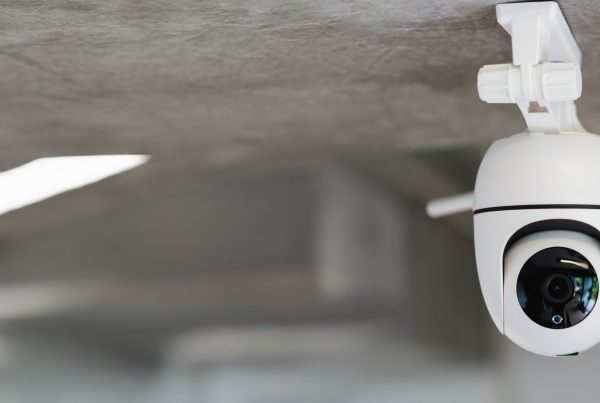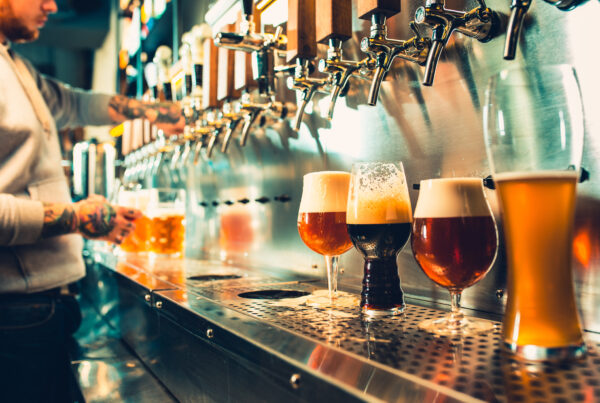Are you investing your energy resources wisely? The following tips provide ideas for maintaining an energy efficient operation.
1. Track energy consumption
Tracking your monthly electricity, water, sewer, trash and natural gas consumption is a first step toward managing your impact and monitoring the effectiveness of efficiency improvements. If you’re an independent operator or local chain, get audits from local utilities and municipalities. Many organizations provide free energy, water and waste audits in addition to advice, technical and sometimes financial assistance for upgrades and program development. Take advantage of these free professional services.
2. Allow for air circulation around refrigerators and freezers
Refrigerators remove heat from inside the box and eject that heat through the coils on the top or bottom of the unit. When you are cleaning around these units, do not push your reach-ins into tight spaces where the heat will build up, forcing the unit to work harder and use more energy.
3. Defrost food regularly
Develop a frozen food pull schedule to avoid the practice of defrosting food under running hot water. If a two-gallon-per-minute faucet is used for this purpose one hour every day for a year, the cost may exceed $800.
4. Schedule or automate equipment start up
Leaving equipment on standby costs you money, and so does turning on your equipment before it is needed. Design and implement a start up and shutdown plan to ensure that you are only using the equipment that you need when you need it. The savings can be substantial. Fryers use the most electricity when they are warming up in the morning, whereas ovens use the most energy while pre-heating. If you are using both at the same time, you may be setting a high-usage level, which will cost you.
5. Shift your ice production time
Install a timer and shift ice production to nighttime, off-peak hours. Most restaurants pay less for electricity at night, and you’ll eliminate the distraction of a hot, noisy piece of equipment during normal kitchen hours.
6. Adjust your hot water set point
Typically, a dishwasher requires the highest set point of an operation. Given that heating water accounts for approximately nine percent of a restaurant’s energy consumption, or $2,900 annually, measuring water temperatures can result in significant savings. Adjust your water heater temperature to the lowest possible setting that allows you to meet health codes, which is usually 140 degrees.
7. Retrofit sprayers with low-flow spray valves
A low-flow spray valve could save you more than $1,000 annually. And don’t worry, low-flow doesn’t mean slow. Low-flow spray valves are engineered to work as well as or better than standard valves.
8. Install sink faucet aerators
Hand-sink faucets can use as much as 10 gallons of water per minute when not equipped with efficient water aerators. Outfit the hand sinks in your kitchen and bathrooms with low-flow aerators. You will cut water use and ultimately save on water-heating costs.
9. Repair leaks
A faucet that leaks one drip per second can waste more than 3,000 gallons of water a year. A leaky toilet can waste about 200 gallons of water a day. Repairing hot water leaks will result in significantly higher savings.
10. Reduce, reuse and recycle
Follow the 3 Rs of waste management: reduce, reuse and recycle. Reduce waste by composting food scraps. Reuse furniture and flooring. Recycle paper, plastics, glass and aluminum.
These are just some of the low- and no-cost solutions offered to restaurants in the Coca-Cola Sustainability Program. Visit www.cokesolutions.com for additional solutions, which includes information about preventative maintenance and the benefits of efficiency, bringing focus to your bottom line.
Nicole C. Hutcheson is senior marketing manager for The Coca-Cola Company and specializes in sustainable solutions for restaurants
Original article can be found at the Restaurant Hospitality website.




